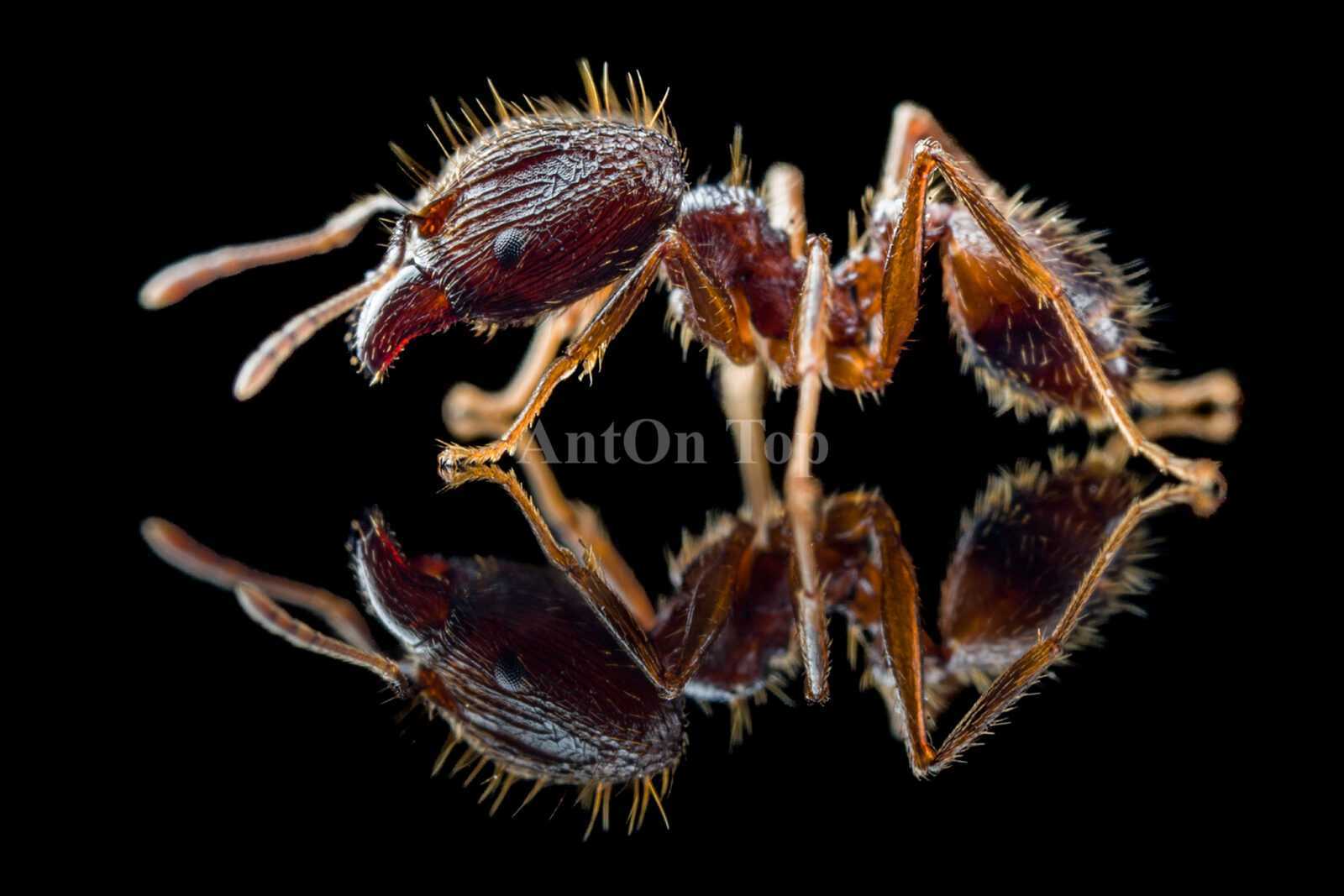Pheidole Nodus – A Fascinating Ant Species
Pheidole nodus is a remarkable ant species that has captured the interest of ant enthusiasts worldwide. With their unique characteristics and impressive colony dynamics, these ants are truly a sight to behold. In this article, we will delve into the various aspects of Pheidole nodus, including their colony type, size, development speed, nutrition, humidity, and recommended nests for breeding.
Colony Type: Polygyny
Pheidole nodus exhibits a polygynous colony type, which means that they have multiple queens coexisting within a single colony. This unique social structure contributes to their fast development and enables them to reach colony sizes of up to 10,000 workers. The collaboration and cooperation among the queens and workers are truly fascinating to observe.
Size and Color
The size of Pheidole nodus ants can vary within the colony. The queens are the largest, measuring around 7-9 mm in length. The workers, on the other hand, range between 3-4.5 mm in size, while the majors, which are specialized workers with larger heads, can grow up to 4-7 mm. The ants have a beautiful dark brown color with varying intensity, and they exhibit a noticeable reddish shade when exposed to light. This unique coloration adds to their allure and makes them visually striking.
Development Speed
Pheidole nodus ants are known for their fast development speed. They undergo metamorphosis from egg to adult ant relatively quickly compared to other ant species. This rapid development allows the colony to grow and expand at an impressive rate. It is truly captivating to witness the growth and progression of these ants within their colonies.
Nutrition
When it comes to nutrition, Pheidole nodus ants have diverse dietary preferences. Their diet mainly consists of insects such as cockroaches and crickets. Additionally, they can be fed with a **syrup** made of water and honey, with a ratio of 4:1 or 3:1. Fruits, vegetables, jelly, and cooked chicken without salt are also suitable food options for these ants. Providing a varied and **nutritious diet** to Pheidole nodus ants ensures their overall health and vitality.
Humidity and Temperature
Proper humidity and temperature levels are essential for the well-being of Pheidole nodus ants. The recommended humidity range for their arena or foraging area is between **50-70%**. Within their nest, a humidity level of **50-80%** should be maintained. It is crucial to monitor and regulate the humidity levels, as maintaining appropriate humidity ensures the ants’ hydration and supports their overall health.
Regarding temperature, the arena or foraging area should be maintained between **21-30 °C**, while the nest temperature should be kept within the range of **24-30 °C**. Providing a suitable temperature environment allows the ants to thrive and carry out their daily activities effectively.
A Feature of the Species: Aggressive Army and Polymorphism
Pheidole nodus ants are known for their aggressive nature and impressive army-like behavior. They are fierce defenders of their colony and can swiftly mobilize a large force to ward off intruders. Their aggression, coupled with their colony size, makes them a formidable species in the ant world.
Another striking feature of Pheidole nodus ants is their remarkable polymorphism. Polymorphism refers to the existence of **distinct physical castes** within a species. In the case of these ants, the majors with their larger heads represent a specialized caste that performs specific tasks within the colony. This polymorphism adds another layer of fascination to the already captivating world of Pheidole nodus ants.
Recommended Nests for Breeding
When it comes to providing suitable nests for breeding Pheidole nodus ants, several options are available. Acrylic nests offer transparency, which allows for easy observation and monitoring of colony activities. Cork nests provide a natural aesthetic and mimic the ants’ natural habitat. Plaster nests offer durability and insulation. Aerated concrete nests are lightweight and provide excellent ventilation. Each type of nest has its advantages, and it is important to choose the one that best suits the specific needs and preferences of Pheidole nodus ants.
In Conclusion
Pheidole nodus ants are a fascinating species that offer a unique glimpse into the intricate world of ants. Their polygynous colony type, rapid development speed, diverse dietary preferences, and impressive army-like behavior make them a captivating species to study and observe. By providing the appropriate humidity, temperature, and suitable nests for breeding, ant enthusiasts can ensure the well-being and flourishing of Pheidole nodus colonies. With their beautiful polymorphism and remarkable characteristics, Pheidole nodus ants truly stand out in the world of ants.


















Reviews
There are no reviews yet.